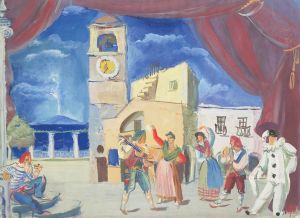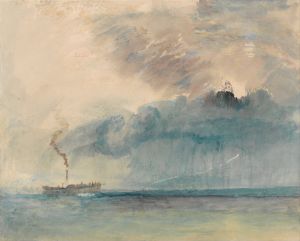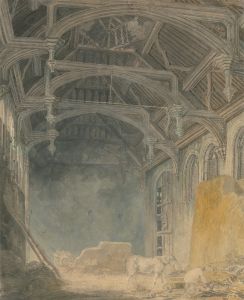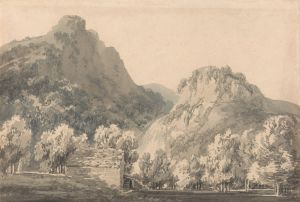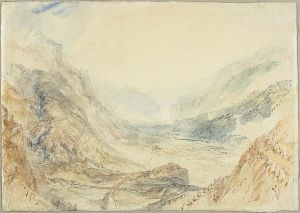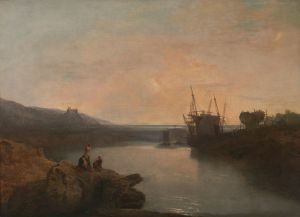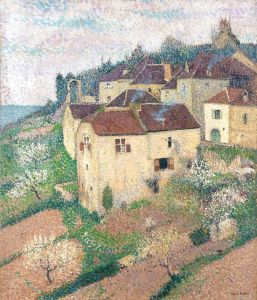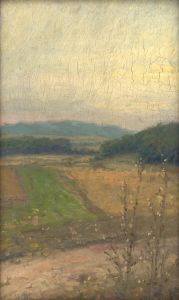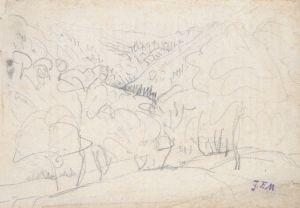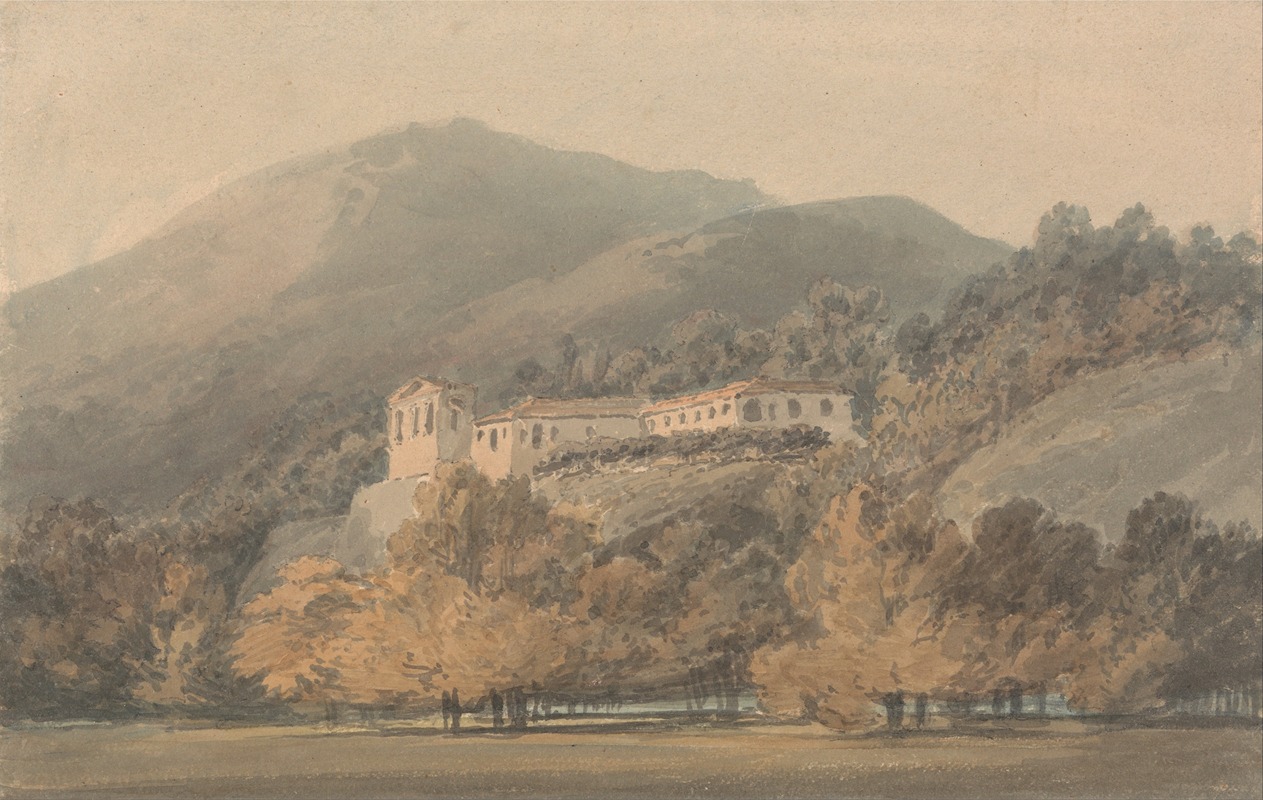
Santa Lucia, A Convent near Caserta
A hand-painted replica of Joseph Mallord William Turner’s masterpiece Santa Lucia, A Convent near Caserta, meticulously crafted by professional artists to capture the true essence of the original. Each piece is created with museum-quality canvas and rare mineral pigments, carefully painted by experienced artists with delicate brushstrokes and rich, layered colors to perfectly recreate the texture of the original artwork. Unlike machine-printed reproductions, this hand-painted version brings the painting to life, infused with the artist’s emotions and skill in every stroke. Whether for personal collection or home decoration, it instantly elevates the artistic atmosphere of any space.
"Santa Lucia, A Convent near Caserta" is a painting by the renowned British artist Joseph Mallord William Turner, commonly known as J.M.W. Turner. Turner, born in 1775, is celebrated for his expressive colorization, imaginative landscapes, and turbulent marine paintings. He is often regarded as a precursor to Impressionism due to his innovative use of light and color.
This particular painting, "Santa Lucia, A Convent near Caserta," is part of Turner's extensive body of work that captures the landscapes and architecture of Italy. Turner had a profound interest in the Italian landscape, which he visited multiple times during his career. His travels in Italy significantly influenced his artistic style, leading to some of his most famous works.
The painting depicts the convent of Santa Lucia, located near Caserta, a town in the Campania region of Italy. Caserta is known for its rich history and the grand Royal Palace of Caserta, which is a UNESCO World Heritage Site. The convent itself, while not as widely recognized as the palace, is part of the region's historical tapestry.
Turner's depiction of Santa Lucia is characterized by his typical use of light and atmospheric effects. The painting likely captures the serene and contemplative nature of the convent, set against the backdrop of the Italian landscape. Turner's ability to convey the mood and essence of a place through his use of color and light is evident in this work.
The exact date of the painting is not clearly documented, but it is believed to have been created during one of Turner's visits to Italy in the early 19th century. During this period, Turner was deeply inspired by the Italian countryside, and his works from this time reflect a fascination with the interplay of natural light and architectural forms.
Turner's Italian landscapes often feature a harmonious blend of natural and man-made elements, and "Santa Lucia, A Convent near Caserta" is no exception. The painting likely showcases Turner's skill in integrating the convent into its natural surroundings, emphasizing the tranquility and spiritual solitude of the location.
As with many of Turner's works, the painting is not just a literal representation of a place but an exploration of the emotional and atmospheric qualities of the scene. Turner's innovative techniques and his ability to capture the ephemeral qualities of light and weather make his Italian landscapes particularly compelling.
"Santa Lucia, A Convent near Caserta" is a testament to Turner's mastery of landscape painting and his enduring influence on the art world. His works continue to be studied and admired for their technical brilliance and their ability to evoke a deep emotional response from viewers.
While specific details about the painting's current location or its provenance may not be widely documented, it remains an important part of Turner's oeuvre, reflecting his deep connection to the Italian landscape and his innovative approach to capturing the essence of a place.






